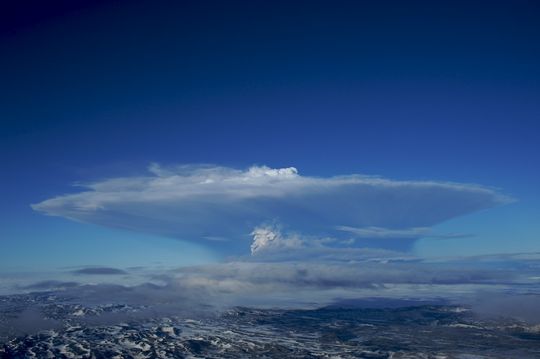Grímsvötn eruptions
The Grímsvötn volcanic system is the most active system in Iceland and has erupted about 70 times during the last 1100 years. Based on tephrochronological studies on average 7 eruptions have taken place each century during the last ~8000 years. Grímsvötn central volcano last erupted for a week in 2011, emitting ~0.8 km3 of tephra deposited over nearby areas causing few days with complete darkness in the middle of the day.
Most eruptions on the Grímsvötn volcanic system are explosive, occur in the central volcano and are believed to last from a few days up to 7 months. Activity is periodic with episodes of high activity (60-80 years) with 6-11 eruptions per 40 years, alternating with low activity episodes (60-80 years) with 0-4 eruptions per 40 years. Four large effusive eruption are confirmed during the last 8000 years. The youngest one is the 1783-1784 Laki fires (Skaftáreldar in Icelandic) that caused global cooling and is sometimes mentioned as one of the triggers for the French revolution.

Grímsvötn 21 May 2011. Photo: Ólafur Sigurjónsson.
For more information on the Grímsvötn volcanic system, visit Calalogue of Icelandic volcanoes.



